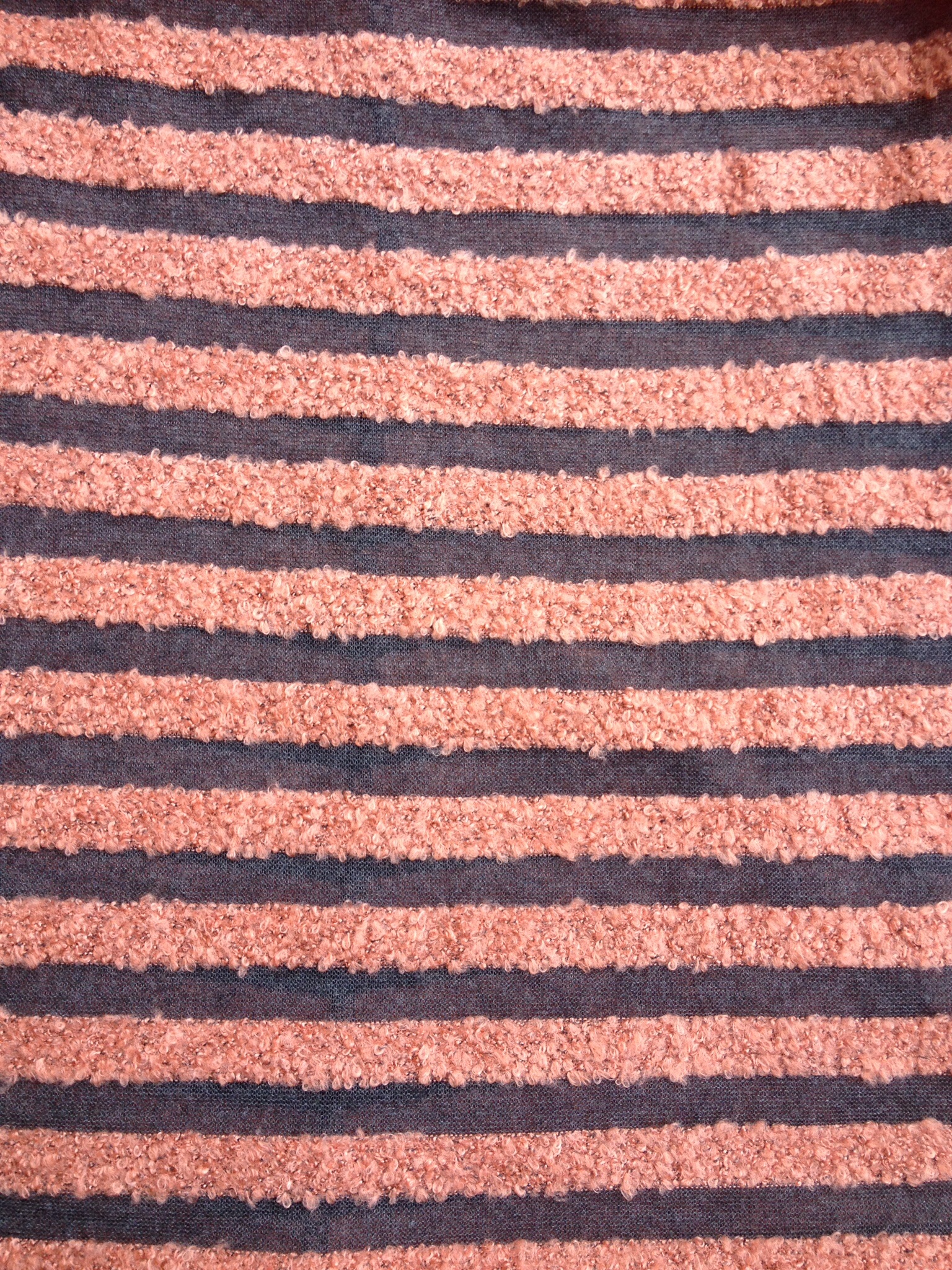History of the stripe
Dr Sean Ryan of RMIT fashion school presented a fabulous talk on the history of the stripe as part of the Jean Paul Gaultier exhibition at NGV.
He covered numerous angles but the focus that intrigued me was the less glamorous origin of the stripe in clothing.
Although the pinstripe has a formality and upright character to it, it’s not just representative of bankers (and now other professionals). The pinstripe also enjoyed the contradiction of gangsters having embraced the look.
In the Middle Ages wearing stripes was not dignified but signified someone who had been marginalised or dishonoured – to be ‘striped’ or forced to wear the stripe was to be barred from society. It was also considered a comical or ridiculous look; clowns and jugglers wore stripes. Later, vaudeville performers wore stripes, in an entertaining but unsophisticated ‘look at me’ style.
Associated with a nautical look, stripes were working class, the mark of ordinary seaman – officers didn’t wear them, despite their popularity being due to their visibility in the case of a wearer being washed overboard. Stripes suggested subordination such as in the case of a butler, valet or chamber maid who also wore stripes. They denote belonging to someone or something or being a devotee to a particular movement, not independence.
Stripes were also worn by prisoners, so they could be seen easily if they escaped. As in the Middle Ages, being forced to wear a completely stripey outfit was degrading or dehumanising, too much, ridiculous. During World War Two, the Jewish ‘uniforms’ were striped with a star badge.
The stripe used to carry an air of daring and danger in the early twentieth century being worn then by rogues, ‘fast’ women (well the silent film actress, again for reasons of visibility) and vaudeville entertainers; ensuring its risqué character continued well into the twentieth century.
If we recall who wore the ‘deviant’ stripe in the mid twentieth century; we think of the counter culture, the Beat Generation, Rebel Without a Cause, the Wild One, Jailhouse Rock etc. From the 1950-60s onwards the stripe finally became popular in everyday fashion.
The humble stripe has long since lost its ability to shock but the striped blazer continues to carry some risk to the wearer as they can be perceived as a vulgar rogue, completely dowdy or conservatively tasteful. Subtle and whimsical changes according to fashion means the stripe’s width and colour in contrast to its background makes a significant difference to the way a striped blazer is perceived.
In contemporary fashion we see the stripe everywhere, partly probably because it is an easy design to reproduce, unlike centuries ago when to stitch exact stripes took time and was expensive. The humble stripe; who thought? Thanks again to Dr Sean Ryan!

